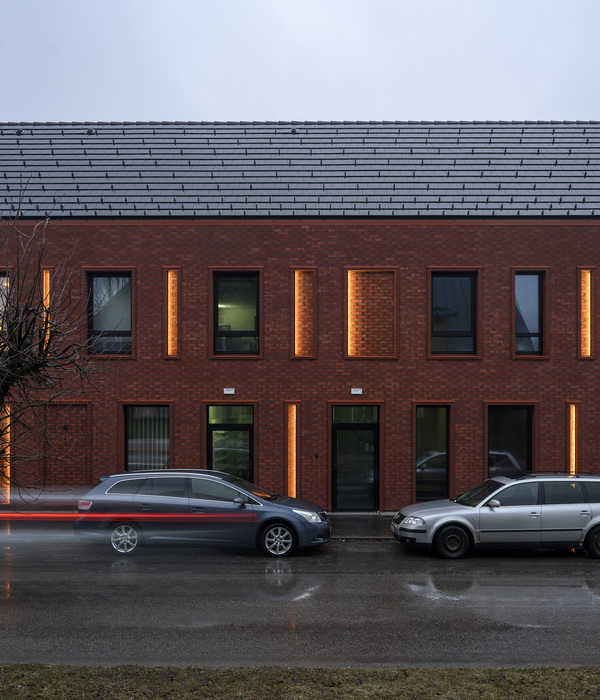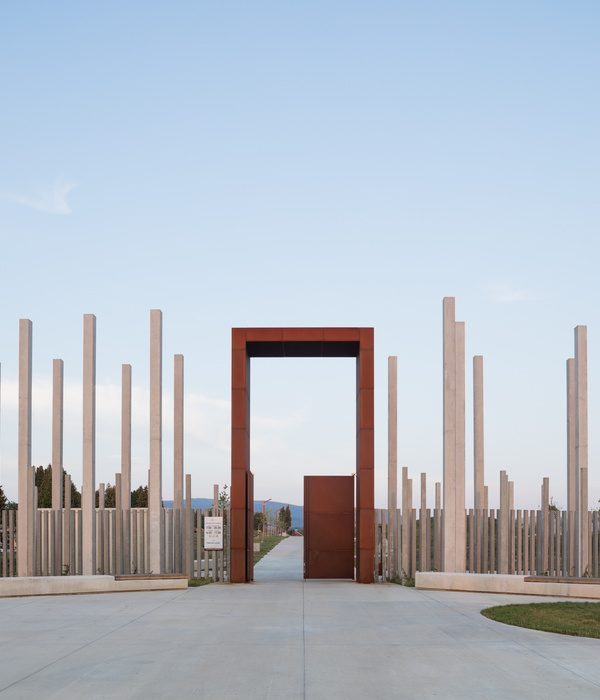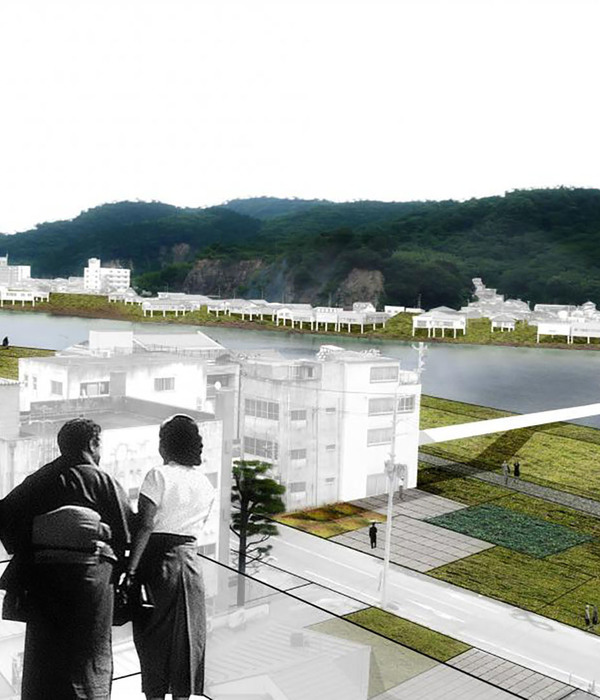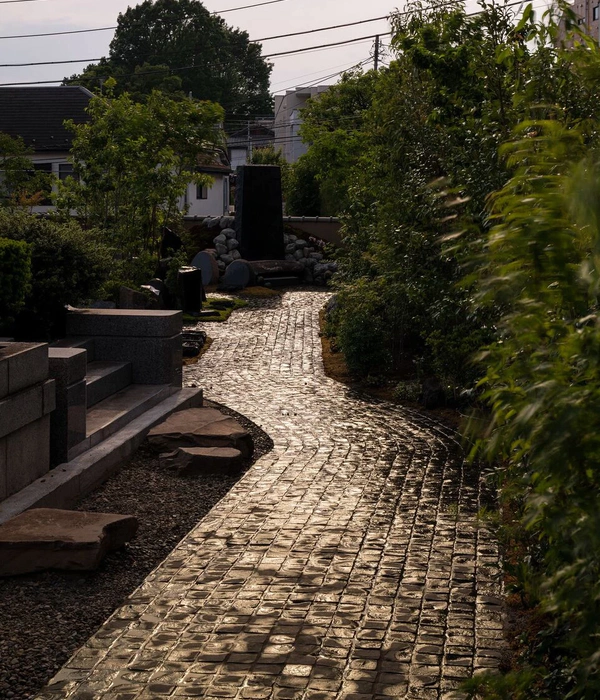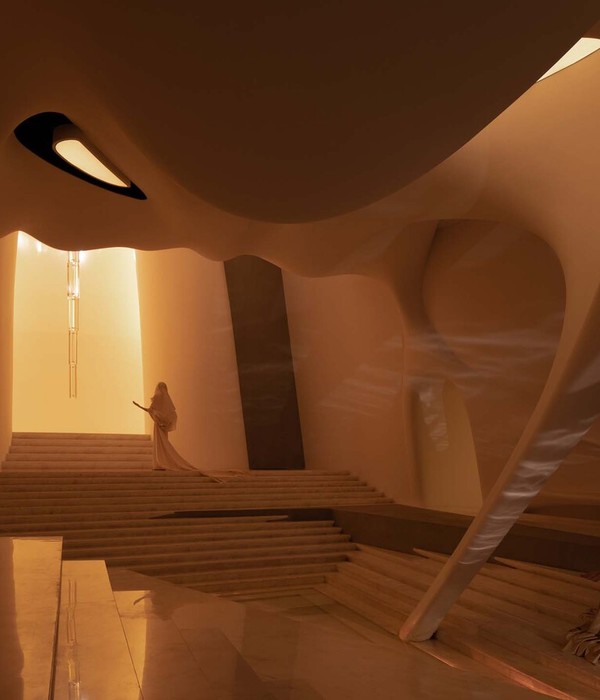Architects:Olson Kundig
Area :32300 ft²
Year :2020
Photographs :Hufton+Crow
Consultants :Transsolar KlimaEngineering, Kubix GmbH, Blieske Architects Lighting Designers, Animal Construction
Local Site Manager :Labs von Helmolt
Design Competition Team : Alan Maskin, Jerome Tryon, Juan Ferreira, Stephen Yamada-Heidner, Katie Miller, Martina Bendel
Project Team : Alan Maskin, Stephen Yamada-Heidner, Martina Bendel, Jerome Tryon
Clients : Jewish Museum Berlin
Local Architect : Architekturbüro Engelbrecht
Local Exhibit Designer : IGLHAUT + von GROTE
Owner’s Representative : IBPM GmbH - Projektsteuerung
Artists : Arie van Riet (artistic x-ray images of various animals in the security area); Dieter Braun (large illustrations throughout the museum); Andrea Übelacker (“world puzzle” art project, produced in collaboration with elementary school children grades 1-3); Gunilla Jähnichen and Tine Steen (collaborative Noah’s Ark film project in the foyer); Wolfram Spyra (sound artist for installations in the foyer and Rain Room, sound artist and developer of the sound islands in the Flood Room); Martin Böttger (water animation in the Flood Room); Anne Metzen, Agnes Kelm, Andreas Edelblut, Annika Statkowski, Armin Benz, Beate Kelm, Conny Helm, Falk Starke, Franz Rodvalt, Gisbert Barmann, Gunnar Zimmer, Heiko Helm, Jan Schroeder, Jens Prockat, Jochen Müller, Jörg Hilbert, Maria Bahra, Matthias Garff, Myriel Kohrs, Nina Schrader and Thomas Raditschnig (animals)
City : Berlin
Country : Germany
Through the imaginative exhibits within ANOHA—The Children’s World of the Jewish Museum Berlin, the museum gives their youngest guests a sense of hope and possibility. Located within an existing former flower market hall, the heart of ANOHA is a circular wooden ark, standing almost 23 feet (7 meters) tall with a 92-foot (28-meter) base diameter. The curvilinear ark complements the curved ribs of the Brutalist light scoops overhead, while the shift in materiality from concrete to wood offers a softening counterpoint to the existing space.
ANOHA is populated by more than 150 sculptural animals, each created from found objects by a team of 18 Berlin artists. This approach encourages children to consider the importance of recycling and adaptive re-use, while supporting ANOHA’s core philosophy of creativity and imagination. The tactile nature of these sculptural objects and the sense of playful discovery as children recognize the familiar materials used to make them further serve to highlight the importance of respecting, treasuring, and conserving global resources. Interactive exhibits placed along an intuitive visitor pathway teach children how to solve problems independently and as a group, while explorative spaces modeled after unique habitats allow children to experience the diverse perspectives of the various animals.
Sustainable strategies are embedded in architectural design as an integral part of the user experience. Extensive mechanical systems are eliminated thanks to the environmental buffer of the existing hall, significantly lowering energy loads. Ceiling fans and operable windows in the ark allow for air exchange and natural ventilation. The hall’s curved concrete roof forms draw daylight into the interior. The ark’s windows support this passive daylighting approach, while visually connecting ANOHA with the existing structure of the hall.
“There are hundreds of flood myths from cultures all over the world, and most predate the Old Testament by thousands of years. This story of destruction and creation—of adaptation to a rapidly changing climate situation—is universal. Everyone, everywhere, can relate to those concerns, just as everyone can be inspired to be part of the solution.” –Alan Maskin, Design Principal
▼项目更多图片
{{item.text_origin}}

